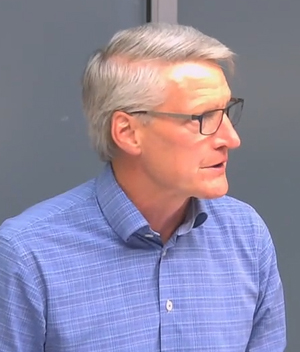Monday June 1, 2020 ~ LANGFORD & WEST SHORE [minor updates June 2]
by Mary Brooke ~ West Shore Voice News
“Today went fairly smoothly,” says Sooke School District 62 (SD62) Superintendent Scott Stinson about the first day back to classes since schools in BC were closed as a public health response during the COVID-19 pandemic.
“Staff are engaged and the kids are truly happy to be back,” Stinson said in an interview today with West Shore Voice News.
Setting up the classes:
In SD62, returning elementary students will be attending on Tuesdays and Thursdays, to a maximum classroom capacity of 50%. Three of the elementary schools in SD62 (Colwood, Lakewood and Saseenos) remained open throughout the pandemic, for continued instruction of the children of essential and frontline workers.
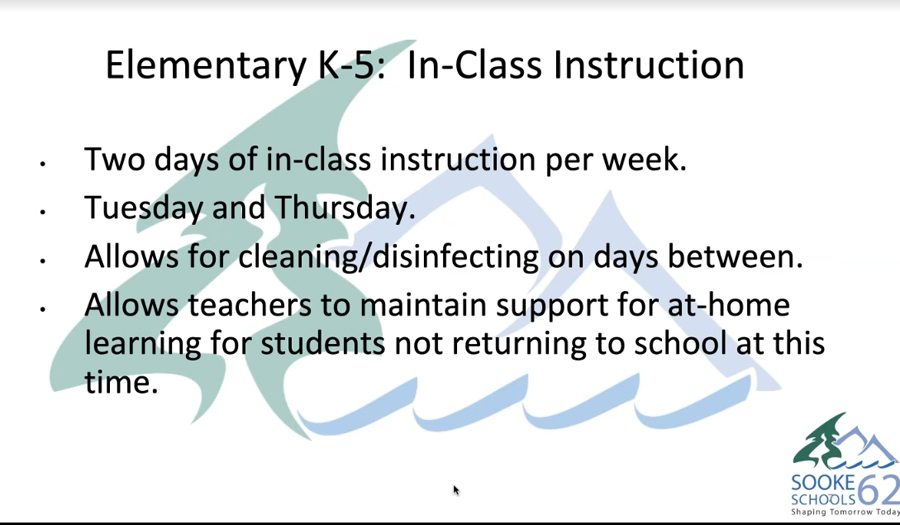
Middle school grades are attending one day per week: Grade 6 on Monday, Grade 7 on Wednesday, and Grade 8 on Fridays. All of those to a maximum classroom space capacity of 20%.
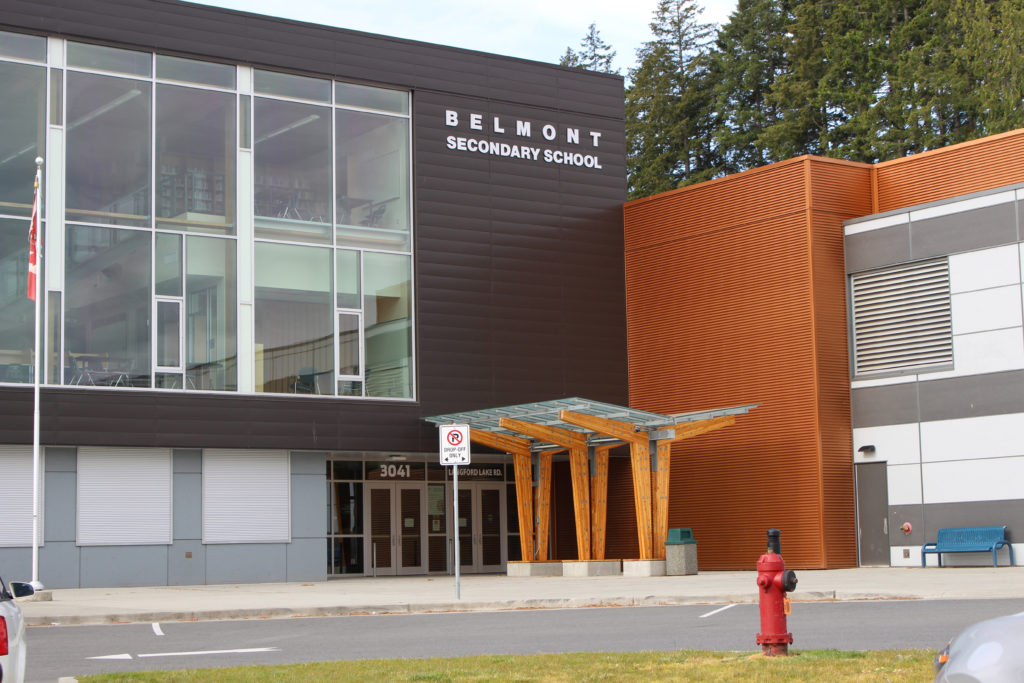
About 140 middle school students (just Grade 6) were back in class today (of a possible 750), and a low number of high school students (e.g. 26 at Belmont, where 81 registered for in-class attendance, out of a total school population of 1,200).
High school students are following their previous timetables by ‘block’ (four blocks A to D). One block per day will be able to attend in-class this month, i.e. Block A on Mondays, Block B on Tuesdays, Block C on Wednesdays, Block D on Thursdays.
Based on inquiries with parents last week, 39% of students at the elementary level indicated their children would be attending in SD62 this month, with 11% of middle and secondary students indicating the intention of in-class participation.
Size of the Grade 12 graduating class:
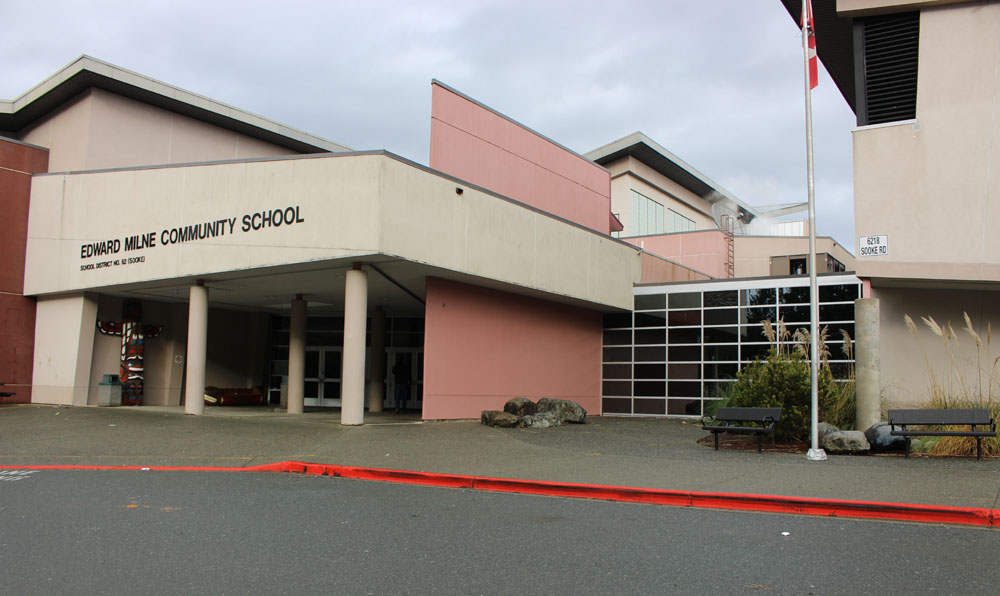
About 966 Grade 12 students in SD62 will be graduating this month: Royal Bay Secondary School in Colwood (312); Belmont Secondary School in Langford (389); Edward Milne Community School (175); and Westshore Centre for Learning & Training (90).
Reasons for coming back to class:
For the BC Government and specifically the Ministry of Education, this return to school in June is about doing a test-run for how the full educational system in schools might happen for the full 2020-2021 academic year which starts in September 2020.
For younger kids it’s mostly about connecting again with friends and teachers. For their educators it’s about trying to reestablish where the students are at, this far into the school year — in preparation for the next ‘back to school’ after the summer.

For teens in high school, they are “attuned to working remotely”, says Stinson. “Being in June now, we didn’t anticipate a huge number (coming back to class).”
The ones who are coming in are there for “support for at-home or remote learning as opposed to new or discreet lessons right now,” said Stinson. Students are “signing up to get extra support, and teachers are reaching out,” he explained. Students are getting ideas for get extra help “to get across the finish line”.
Continual adjustments during the 2019-2020 academic year:
This return to class is effectively the ‘third September’ (i.e. back to school) in the 2019-2020 academic year. The first was of course September 2019 under normal conditions, the second was about reverting to remote learning after spring break (with instruction revision starting March 30), and now June 1 is effectively a test-run of active pandemic conditions.
Guiding the SD62 community:
Today Superintendent Stinson seemed relatively refreshed compared to dealing with the understandable pressures of the grind of two-and-a-half months of day-by-day changes during spring break and Phases 1 and 2 of the pandemic.
This ‘first day back to school’ on the first day of Phase 3 of Restart BC (generally and presently said to be occurring during June through September) demarcates another full round of day-by-day changes which might have seemed like a high-stress day.
But oddly — by comparison to the pace of hour-by-hour changes during mid-March to the end of May — this day came for many in SD62 with a level of excitement and some type of relief. Things are moving forward, the days of self-isolation with no certain end in sight have waned. Outcomes of hard work and progress are evident, and a new pace for adapting to necessary changes was being set in motion. As the saying goes, a change is as good as a rest.
Touching vs spacing:
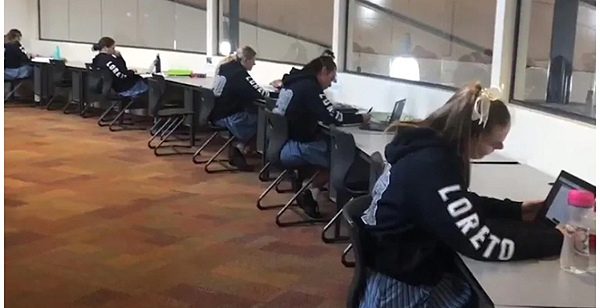
“The provincial health officer has been looking at the research which is showing low COVID transmission rates for children,” says Stinson.
In the younger grades the approach is to have the children avoid actual physical contact (given that the concept or practice of social distancing is considered difficult to achieve for children under the age of 10). This helps achieve the 50% density target.
The two-metre distancing is the desired goal with the older students in Grades 6 to 12. That helps achieve the 20% density target in line with the PHO’s orders and guidelines for schools in BC.
COVID-19 transmission is more about adult to child:
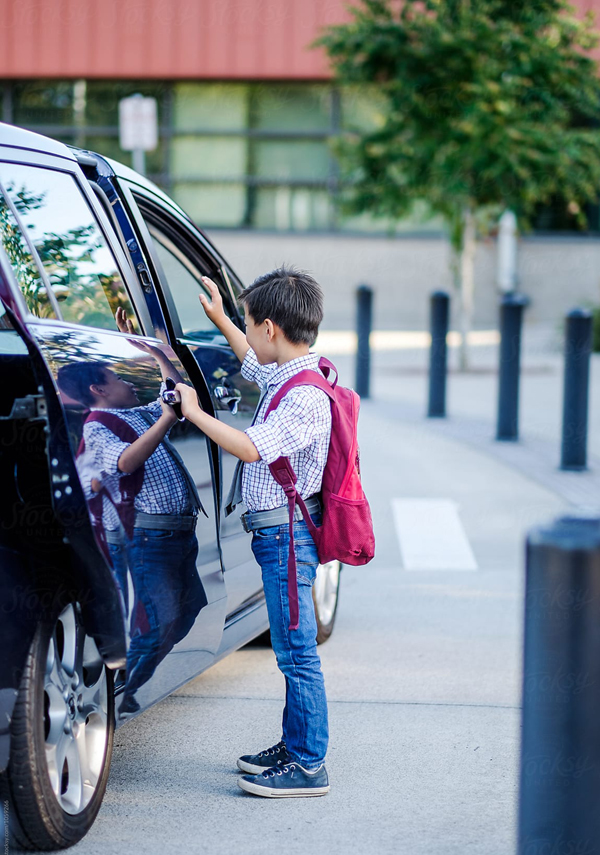
According to COVID-19 observations so far, the Provincial Health Officer says that it’s more likely COVID-19 would spread from an adult to a child, rather than the other way around.
In that context, school districts are wanting parents to feel assured that the teachers and staff coming into the school are practicing physical distancing successfully.
Parents are not allowed into the schools, as a way of minimizing the number of contacts that would have to be traced, if an infection were to occur.
Cleaning and disinfection is done regularly in the schools and there are plenty of handwashing stations and breaks for hand hygiene.
Older staff may be excused, case by case:
In SD62, Superintendent Stinson is allowing for case-by-case consideration for teachers, bus drivers, custodial staff and others who are over age 65 or who have immune-comprising health conditions to request specific situations in the interest of their health during this return to school during the pandemic.
In some cases, teachers in such situations may be allowed to continue teaching just the remote/distance learning portion of the curriculum for the students in their classes.
As the week unfolds:
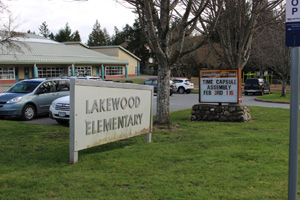
As this first week back to class unfolds, the entire community is still experiencing the active pandemic of COVID-19. There is no vaccine for this novel coronavirus, and none is expected until well into 2021 at the soonest.
In SD62, Superintendent Stinson will receive reports from each of the schools as to attendance, with an eye to “who has been taking advantage of it”. That will include a view to age/grade level, the types of assistance or learning that was sought/delivered, and how the whole public health aspect was handled (no touching for kids in Kindergarten to Grade 5, and adherence to physical distancing for students in Grades 6 to 12).
The raw numbers of attendance are tallied using the MyEd BC centralized attendance process (a demographic portal which also contains home information and report card details, which is data-populated by teachers). Stinson will be looking for the resultant ‘return rate’ in SD62. Of course that number will be seen for all of schools across the province.
==== About the writer:
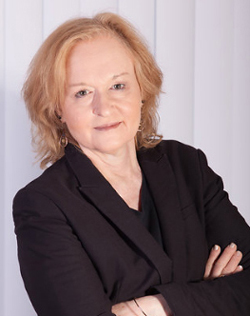
West Shore Voice News editor Mary Brooke has covered SD62 news at the board level since 2014. She holds a B.Sc. in health science and a certificate in public relations. Ms Brooke’s editorial analysis on most topics explores socioeconomic trends and the impacts of government and business decisions on individuals and society moving forward. Mary is the mother of four grown children who graduated from SD61, SD62 and SD72 over the years.


